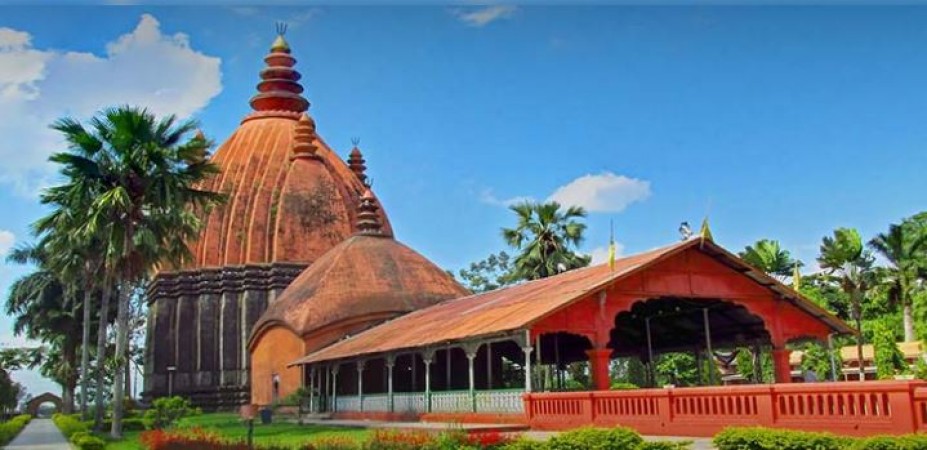
Sivadol, also known as the Shivadol Temple or the Sivadol Temple, is a significant religious site dedicated to Lord Shiva, one of the principal deities in Hinduism. Located in Sivasagar, a town in the northeastern state of Assam, India, Sivadol stands as an architectural masterpiece and a symbol of devotion. This article will delve into the history, significance, architecture, and religious practices associated with Shivadol, highlighting its cultural and spiritual importance.
The Sivadol Temple was constructed during the reign of the Ahom dynasty, which ruled Assam for several centuries. The Ahom kings, known for their patronage of art, culture, and religion, played a crucial role in the establishment of this magnificent temple. The construction of Sivadol began in 1731 AD and was completed in 1734 AD under the reign of King Siva Singha. Since then, it has been a place of pilgrimage and devotion for countless devotees.
Also Read: Sri Padmanabhaswamy Temple, Kerala: A Historic Abode of Spiritual Grandeur
Sivadol is renowned for its remarkable architectural style, which combines both Ahom and Hindu elements. The temple stands tall with a height of 104 feet (31.6 meters), making it the tallest Shiva temple in India. The structure is built primarily with bricks, reflecting the architectural expertise of the Ahom craftsmen. The main sanctum houses the lingam, a representation of Lord Shiva, and is surrounded by a spacious courtyard. The temple's exterior showcases intricate carvings and sculptures depicting various mythological stories and figures from Hindu scriptures. The artwork reflects the creative finesse of the craftsmen and offers a glimpse into the rich cultural heritage of the region. The entrance of the temple is adorned with beautiful sculptures of elephants, lions, and other mythical creatures, adding to the grandeur of the complex.
Sivadol holds immense religious significance for devotees of Lord Shiva. It is believed that visiting the temple and offering prayers can bring blessings, spiritual solace, and fulfillment of desires. Devotees often undertake a pilgrimage to Sivadol during the auspicious occasion of Maha Shivaratri, a Hindu festival dedicated to Lord Shiva. The temple witnesses a surge of devotees during this time, creating a vibrant atmosphere of devotion and celebration.
Also Read: Mathura: The Birthplace Of Lord Krishna
Various rituals and practices are followed within the premises of Sivadol. Devotees perform aarti, a ritual of offering light to the deity, accompanied by chanting of sacred hymns. They also offer flowers, fruits, coconuts, and other symbolic items as a mark of reverence. The temple authorities conduct regular pujas (religious ceremonies) and abhishekas (ritualistic bathing of the deity) to invoke the blessings of Lord Shiva.
Besides religious ceremonies, Sivadol also serves as a venue for cultural activities and festivals. Music and dance performances, religious discourses, and cultural exhibitions take place within the temple complex, enhancing the spiritual and cultural ambiance.
Sivadol stands as a testament to the religious and cultural legacy of Assam. Its architectural brilliance, historical significance, and religious practices make it an important pilgrimage site for devotees of Lord Shiva. The temple continues to inspire awe and reverence in the hearts of those who visit, leaving an indelible mark on their spiritual journey. Sivadol remains a living symbol of devotion, showcasing the enduring power of faith and the richness of Indian culture.
Also Read: Lakshmi Narasimha Temples: A Journey Through History and Rituals